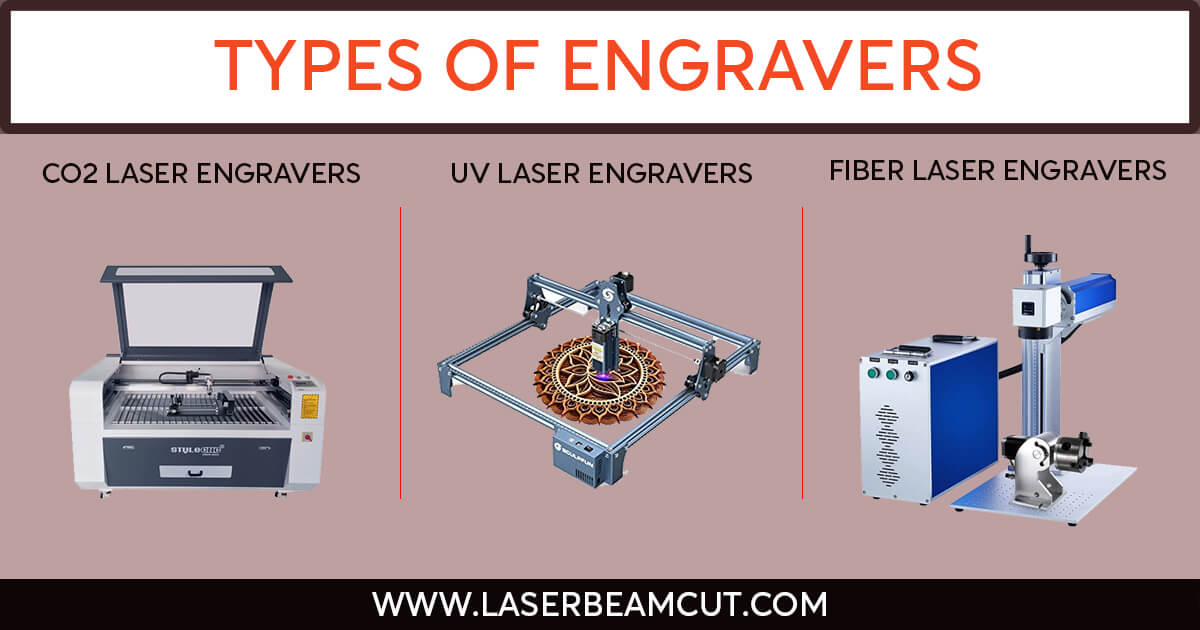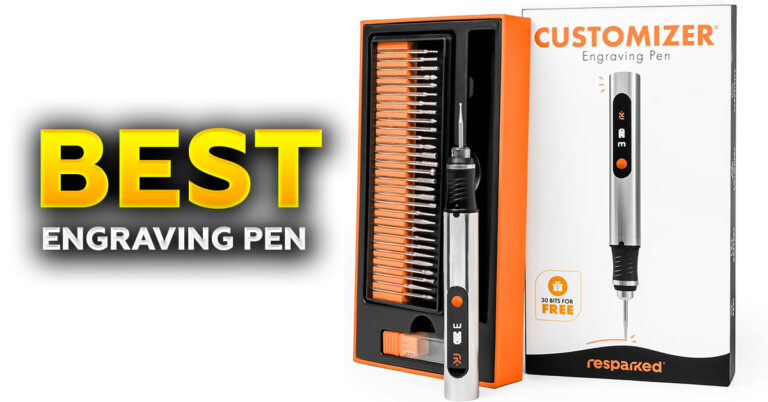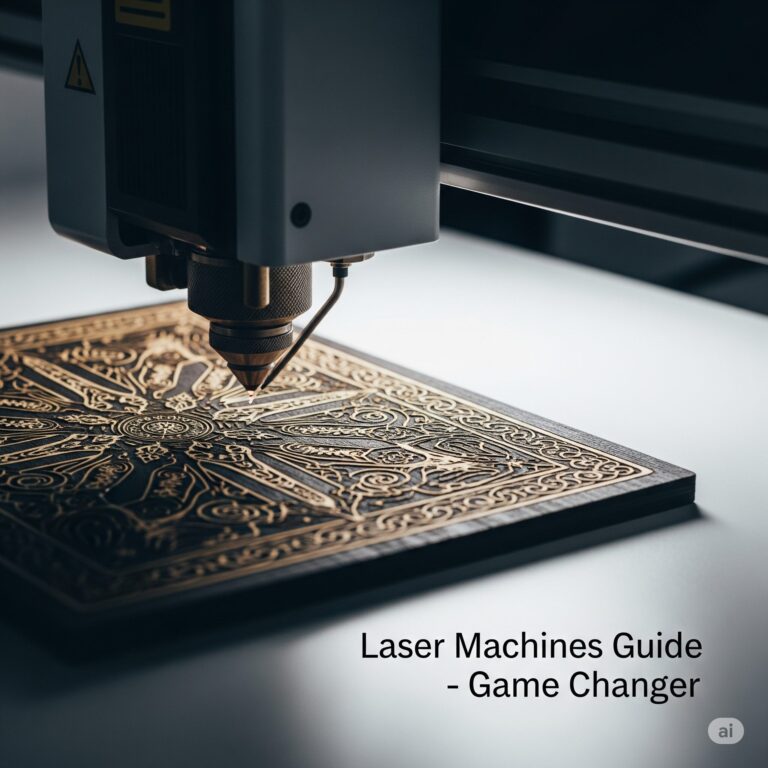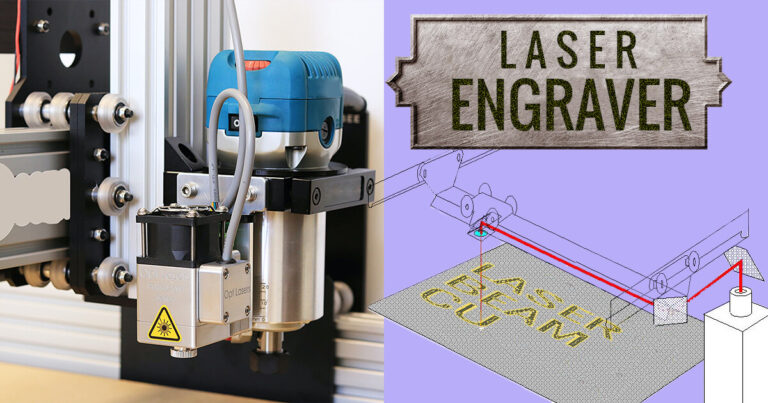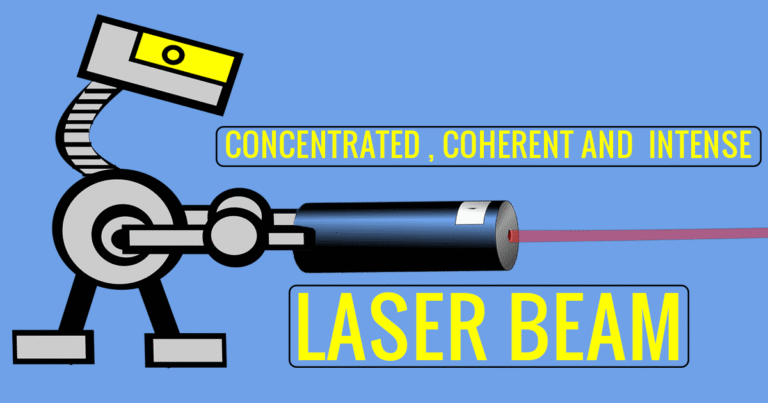What Lasers are Used in Laser Engraving Processes? A Deep Study
Laser engraving is a technique that owes its precision and effectiveness to the specific type of laser used. Choosing the right laser is crucial, as it affects the material compatibility, depth, and accuracy of the engraving. In this deep dive, we’ll explore the different lasers commonly used in laser engraving, their unique characteristics, and how they impact the final results.
Why Are Lasers So Effective in Engraving?
Lasers produce concentrated and coherent light, unlike regular light sources. This unique property allows lasers to focus energy on a tiny area, vaporizing material with extreme precision. The result is a permanent mark that can be customized for different depths, textures, and designs.
From delicate glass to tough metals, the effectiveness of laser engraving is largely dependent on choosing the right type of laser for the job.
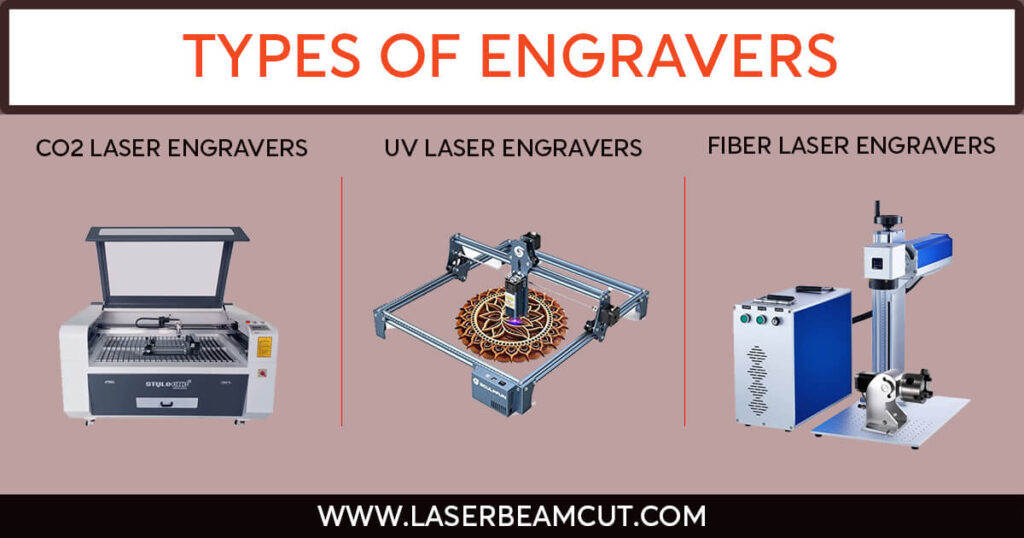
Types of Lasers in Laser Engraving
Laser engraving processes rely on various types of lasers, each offering unique benefits:
1. CO2 Lasers
CO2 lasers are gas lasers that produce a concentrated beam through a mixture of gases. These lasers are well-suited for non-metal materials such as:
- Wood: Great for deep engraving and cutting.
- Acrylic: Produces clear and crisp edges for signs and decorations.
- Leather: Ideal for custom patches and products.
CO2 lasers are a popular choice for hobbyists and small businesses due to their versatility and affordability. Examples include Glowforge and Full Spectrum Laser Muse.
2. Fiber Lasers
Fiber lasers are known for their robustness and efficiency in engraving metals and hard plastics. These lasers use optical fibers to amplify the light, allowing them to mark tough surfaces like:
- Stainless Steel: Perfect for deep, permanent engravings.
- Aluminum: Ideal for creating intricate designs and logos.
- Plastic Composites: Produces high-contrast marks.
Fiber lasers are the go-to choice for industrial applications that require speed, precision, and durability.
3. Diode Lasers
Diode lasers are compact and budget-friendly, making them ideal for small-scale projects. They work well on delicate materials:
- Glass: Produces fine details with precision.
- Paper: Suitable for personalized cards and decorative items.
- Plastic: Great for lightweight materials.
Popular diode lasers include the Ortur Laser Master 2 and Atomstack A5 Pro.
4. Solid-State Lasers
Solid-state lasers, such as Nd, offer high-intensity beams that are ideal for deep engraving tasks on metals and ceramics. They can engrave at different depths, making them suitable for various industrial and decorative purposes.
Comparing Lasers for Different Applications
| Laser Type | Best For | Materials | Cost Range |
|---|---|---|---|
| CO2 Laser | Non-metals, deep engraving | Wood, Acrylic, Leather, Glass | Medium |
| Fiber Laser | Industrial, metals | Stainless Steel, Aluminum, Plastics | High |
| Diode Laser | Small projects, fine work | Paper, Plastic, Glass | Low to Medium |
| Solid-State | Deep, industrial work | Metals, Ceramics | High |
Types of Laser Engraving Machines
Laser engraving machines can be categorized into three main types based on their functionality and the type of laser they use:
1. Diode Laser Engraving Machines
Diode laser machines utilize ultraviolet lasers with a wavelength of 355nm. They have a very small focusing spot, which allows for fine marking and engraving. The laser line measures approximately 0.5 mm, making it ideal for creating intricate designs on various surfaces. These machines are also effective for underwater marking, especially for quick-changing patterns. Here are some examples:
- Ortur Laser Master 2
- FoxAlien LE-4040
- Atomstack A5 Pro
These engravers are particularly well-suited for etching glass materials.
2. CO2 Laser Engraving Machines
CO2 laser machines generate laser light within a glass vacuum tube filled with carbon dioxide. An electrical current causes the gas to vibrate, producing light. This light is reflected off various mirrors before being focused by a lens onto the material. Some popular CO2 laser engravers include:
- OMTech 40 W (DF0812-40BG)
- Flux Beamo
- Fusion Pro Laser
- Full Spectrum Laser Muse Core
- Glowforge Plus
- Epilog Fusion Edge Laser
3. Fiber Laser Engraving Machines
Fiber laser machines are powerful and cost-effective tools ideal for creating permanent markings on metals, plastics, glass, and other materials. The settings of fiber lasers can be adjusted according to the material type, allowing for deep engraving or rotary carving. They can also be equipped with a rotary attachment for engraving on cylindrical objects like rings and cups. Examples of fiber laser engravers include:
- xTool F1 2-in-1 Dual Laser Engraver
- LONGER RAY5 130W Laser Engraver
These machines are versatile and suitable for various engraving tasks.
Final Words
The laser you choose for engraving should match the material and the intended depth of the design. Each type of laser—CO2, Fiber, Diode, and Solid-State—brings its own set of strengths to the table, making laser engraving a highly customizable process. Understanding the capabilities of these lasers ensures you get the best results for your project.
Laser engraving is not just about creating marks; it’s about precision, creativity, and finding the right tool to bring your design to life.

